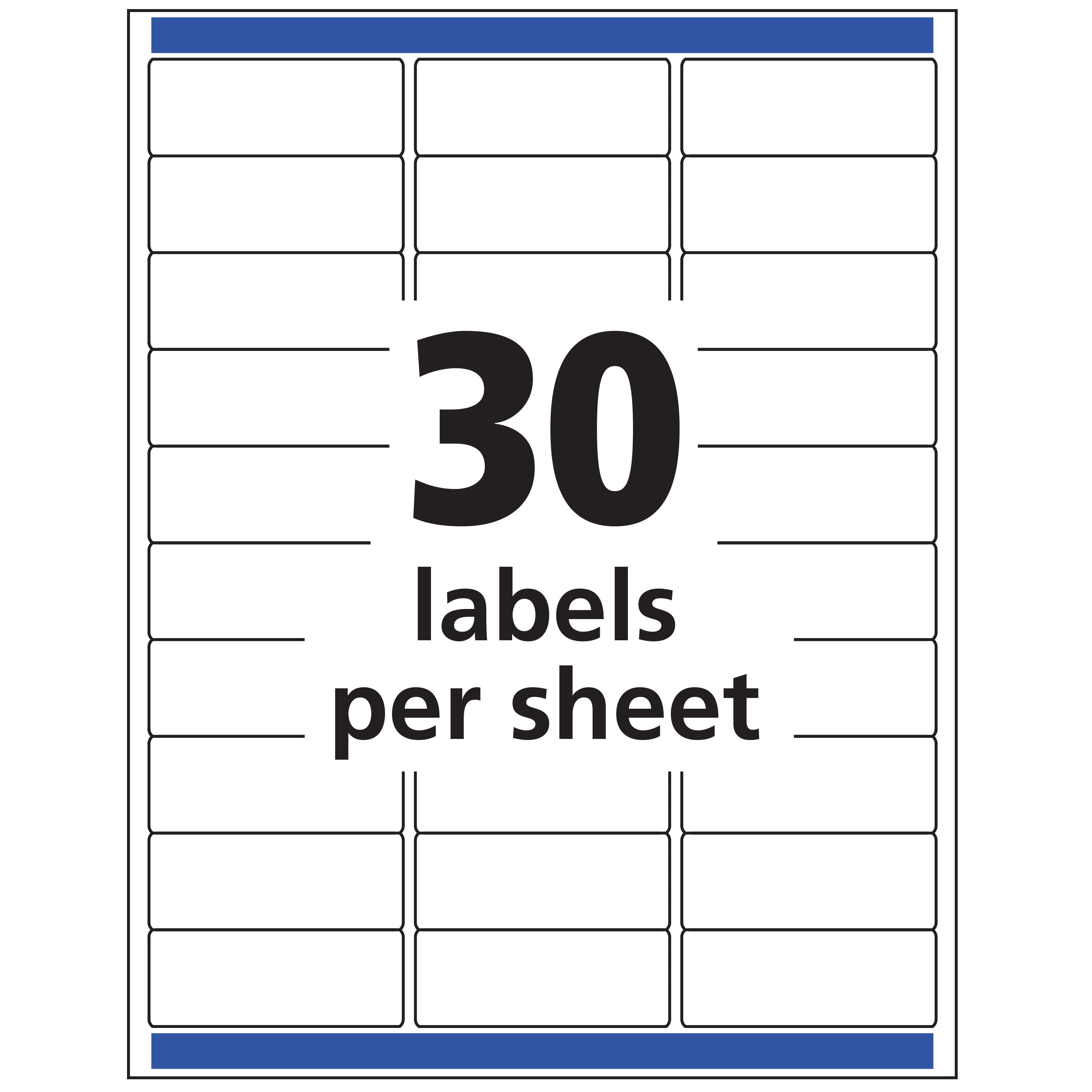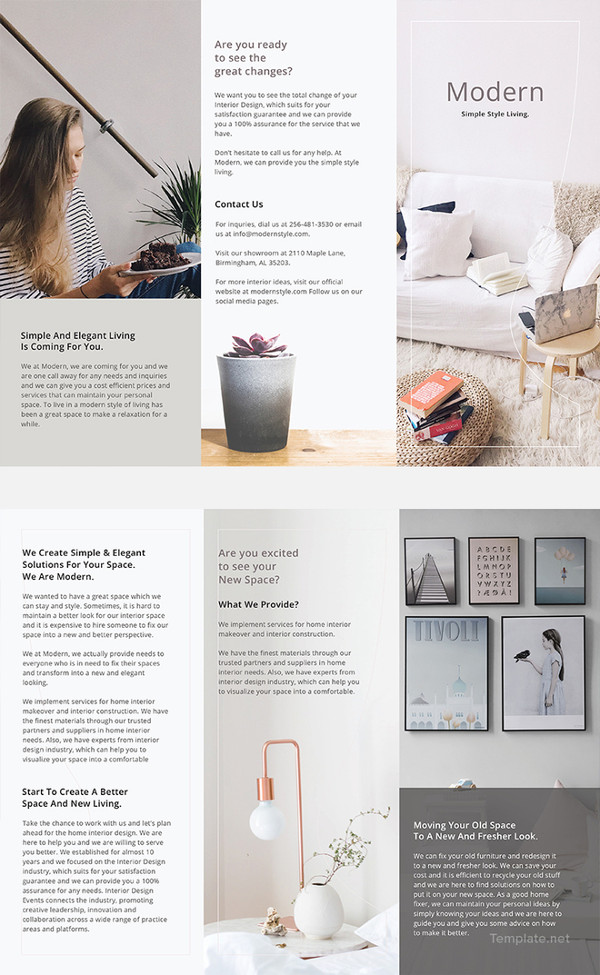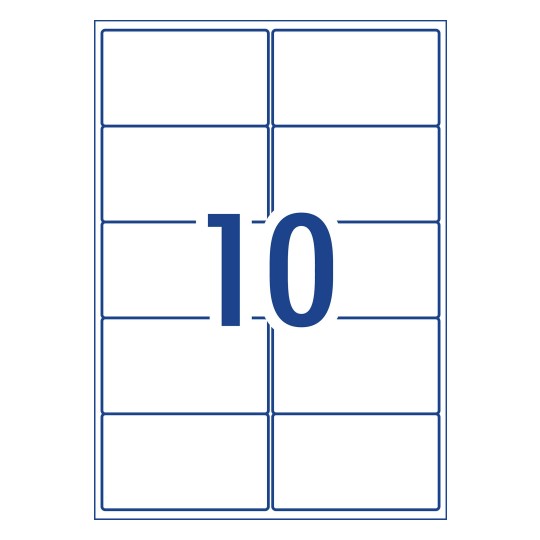

- Free avery templates for microsoft word install#
- Free avery templates for microsoft word download#
- Free avery templates for microsoft word free#
Note: If your Avery template isn't in the product number list, see Download and use the Avery® Wizard or Customize Word to use your Avery® sheet, later in this topic. To print the same address or contents to each label, follow the steps in Print labels with the same address or contents. To print different addresses or contents on each label, follow the steps in Print labels with different addresses or contents. Print labels with the same address or contentsĪfter you have configured Word to print to your labels, either by selecting the label product as described in Find your Avery product number in Word or by customizing measurements as described in Customize Word to use your Avery® sheet, use the following steps to print the same address or contents on every label. On the Mailings tab, choose Labels to open the Envelopes and Labels dialog box, if it is not already open. In Envelopes and Labels, type the address (or other text) that you want on every label in the Address box. Tip: If it is your first time to use the label product that you have selected with your printer, first print your labels to a regular sheet of paper to see if the position of text aligns with an actual sheet of labels. This template was downloaded from Printing on perforated card stock is. Print labels with different addresses or contentsĪfter you have configured Word to print to your labels, either by selecting the label product as described in Find your Avery product number in Word or by customizing measurements as described in Customize Word to use your Avery® sheet, use the following steps to create and print labels with varying addresses or content. Labels are sized to fit on 2 x 3-1/2 business cards. Word displays the label product that you have selected in the Label area. Highlight the text you entered and use the tools in Microsoft Word to format the text. Once the file is open, type your information into the template. This will open a box titled Envelopes and Labels.

If the template looks like a blank page, select Table Tools > Layout > Show Gridlines to view the template layout. Open a blank document in Word, click on the Mailings tab at the top of the page, and click on Labels. Word opens a new document that contains a table with dimensions that match that label product. Double-click the Avery Word Template file you downloaded and saved to your copmuter. If the new document does not display gridlines-and you would like to see them-choose the Layout tab, and then choose View Gridlines to toggle display of gridlines on and off.Ĭhoose the File tab, choose the Print tab, and then choose the Print button.
Free avery templates for microsoft word free#
Microsoft Rewards Free downloads & security Education Virtual workshops and. The labels are 1-3/4 x 1/2 inch and work with Avery 5167, 5267. The Avery Wizard works in Office 2013, 2010 (not including Office Starter), and 2007. Create your own return address labels with this basic accessible template. Check Avery's website for support of Office 2016.

Free avery templates for microsoft word install#
Go to the Avery web site to download the wizard.Īfter you install the wizard, click the Avery tab in the Word ribbon.ĭouble-click the Avery Wizard button, and follow the instructions to find an Avery product number, choose a design, layout, enter your information, and finalize your sheet. Avery templates for microsoft word free download install# On the File tab, click Print, and click the Print button. If your Avery template isn't in the Product number list, you can create a custom template in Word.

Measure the width of your label from the left edge to the right corner. The free label templates section of LLT Labels site features links to Microsoft Word files that are free printable label templates. Measure the length of your label from the top edge to the bottom corner. The horizontal will include the width of the label and the horizontal space from the label next to it. Measure the space between the left edge of the label and the left edge of the label beside it. This measurement includes the length of the label and the vertical area from the other label underneath it. Measure the space between the top edge of your label and the top edge of the label below it. Measure the space between the left border of your label and the left edge of the sheet. Measure the space between the top edge of your label and the top border of the sheet.


 0 kommentar(er)
0 kommentar(er)
